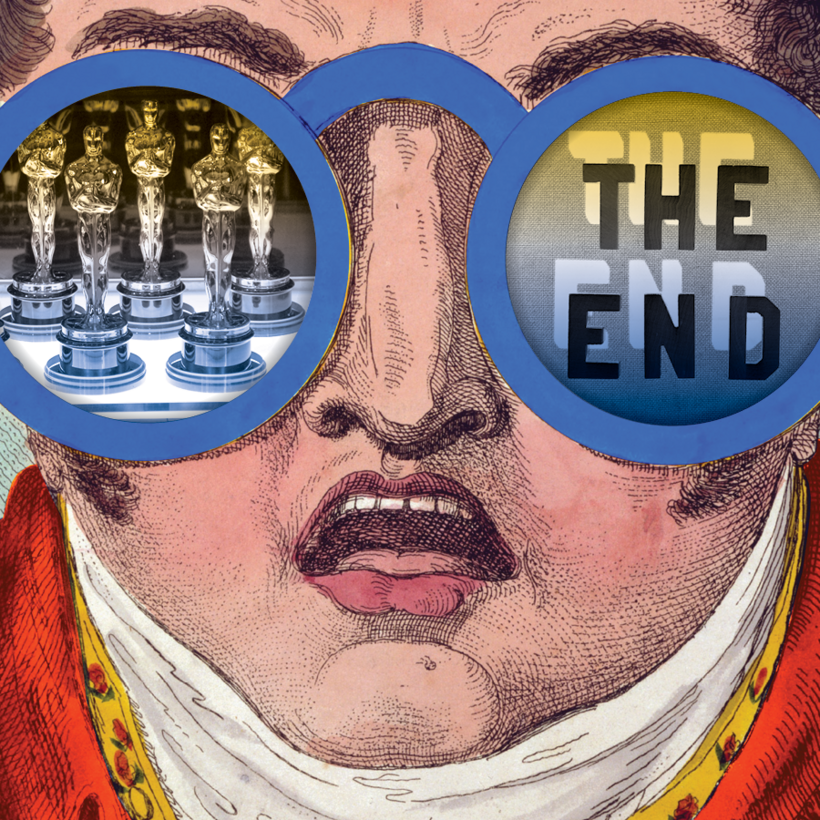The best picture of the year may no longer be eligible for Best Picture of the Year.
In accordance with the Academy’s recently announced eligibility rules for diversity and inclusion, starting next year all best-picture nominees must satisfy two of the following four standards:
Standard A) “At least one of the lead actors or significant supporting actors is from an underrepresented racial or ethnic group,” or “at least 30% of all actors in secondary and more minor roles” are from at least two under-represented racial groups, or “the main storyline(s), theme or narrative of the film is centered on an underrepresented group(s).”
Standard B) At least two “creative leadership positions and department heads” are from under-represented groups, or at least six other crew people (excluding P.A.’s) are from under-represented groups, or at least 30 percent of the crew is “women, racial or ethnic group, LGBTQ+, people with cognitive or physical disabilities, who are deaf or hard of hearing.”
Standard C) Paid apprenticeship, internships, and below-the-line training opportunities (the number varies on the size of the production entity) are given to people from under-represented groups.
Standard D) The studio and/or production company employs “multiple” under-represented marketing, publicity, or distribution senior executives.
In other words, a film can be nominated and even win in every other Oscar category and yet remain ineligible for best picture.
This is not only sad and confusing, it’s ludicrous. If, under the current guidelines, Citizen Kane were ineligible for best picture, the Academy would have revealed itself to be an enemy of excellence. If, conversely, Citizen Kane checked the necessary boxes (say, Agnes Moorehead declared herself non-binary and Orson Welles hired a Native Alaskan publicist), the Academy would be guilty of pandering and tokenism, demeaning the very groups it claims to be empowering.
The new standards are good for no one: not for filmmakers, not for activists, not for moviegoers (“Honey, what do you want to see tonight?” “Oh, anything with an Asian production designer!”), and certainly not for the Academy, which has, with this most recent gesture of obsequious self-promotion in the name of equity, at last degraded its crown jewel, best picture, what is ostensibly an award of merit. What is it now?
And to think the Academy could have swiftly and summarily recused itself from all of this and other allegations of employment discrimination in Hollywood with a single provable fact: the Academy is not a hiring organization. The governors are not responsible for who makes the movies or what’s on the screen.
So what are they? Alas, we know now. They are—rather, they have become—television producers. Every year, they make one big, lucrative episode of a long-running, very profitable series called the Academy Awards. And they want you to like it. For that they’ve got to promote the nominees you like so you’ll tune in. And where once getting you to tune in was just a matter of Hollywood making movies you liked, it has become, now that people don’t like movies (or even Hollywood), a matter of liking them, the Academy.
A film can be nominated and even win in every other Oscar category and yet remain ineligible for best picture. This is not only sad and confusing, it’s ludicrous.
Let me be very clear. Diversity and inclusivity are essential to our democracy, but they will not be meaningfully enhanced without goals and timetables negotiated with production entities. Forcing or even coercing eligibility hires is not the job of the Academy.
Given the new standards, retaining the description “best picture” is, for an organization calling itself the Academy of Motion Picture Arts and Sciences, a hypocrisy. If you must, invent a new Oscar for diversity and inclusion. But “best picture” must be only and exactly that: the best picture of the year.
The Academy has publicly denigrated an art form—ironically, the one it’s supposed to be honoring—already imperiled by television aesthetics and the convenience of streaming from your couch.
A studio still has a right to make a $200 million movie and forgo the potential windfall of a best-picture nomination or win. Just as a young filmmaker can, as Martin Scorsese did with Mean Streets and Whit Stillman did with Metropolitan, get his friends together and make a low-budget, honest film.
But if they do not or cannot make concessions to the new best-picture standards, will they get distribution? Will the people in marketing jump aboard? Given that the Oscar tail so often wags the promotional dog, will these movies even get financed in the first place? If not—even if they’re masterpieces—will I get to see them?
Sam Wasson is the author of several books, including The Big Goodbye: Chinatown and the Last Years of Hollywood. His next book, The Path to Paradise: Francis Ford Coppola, the Apocalypse and the Dream, will be published by Harper in November


